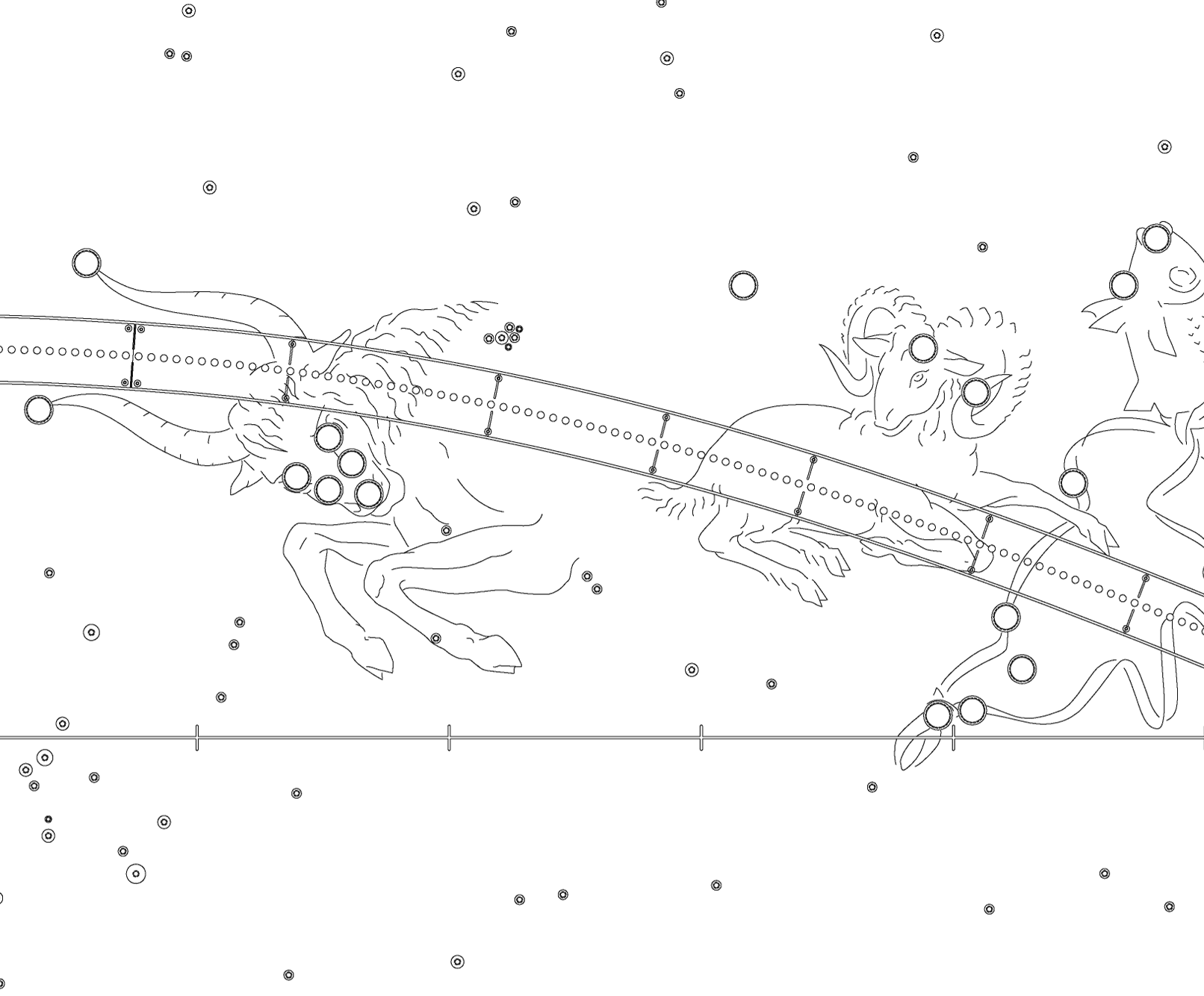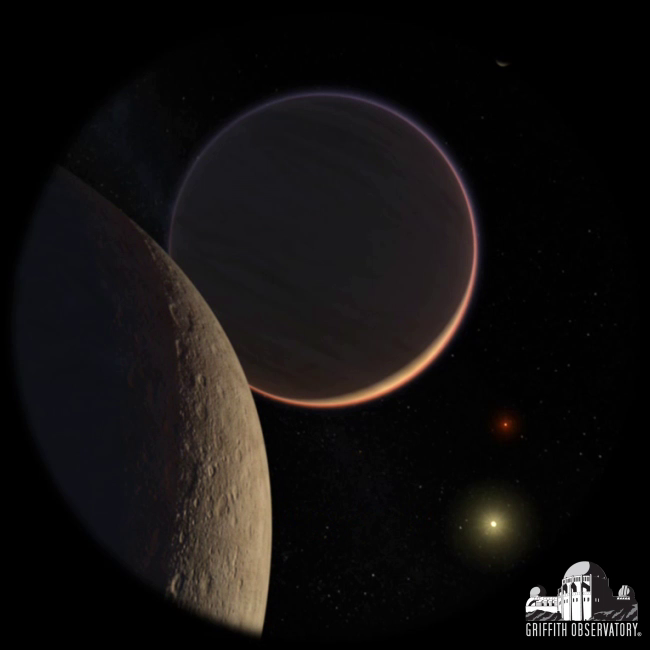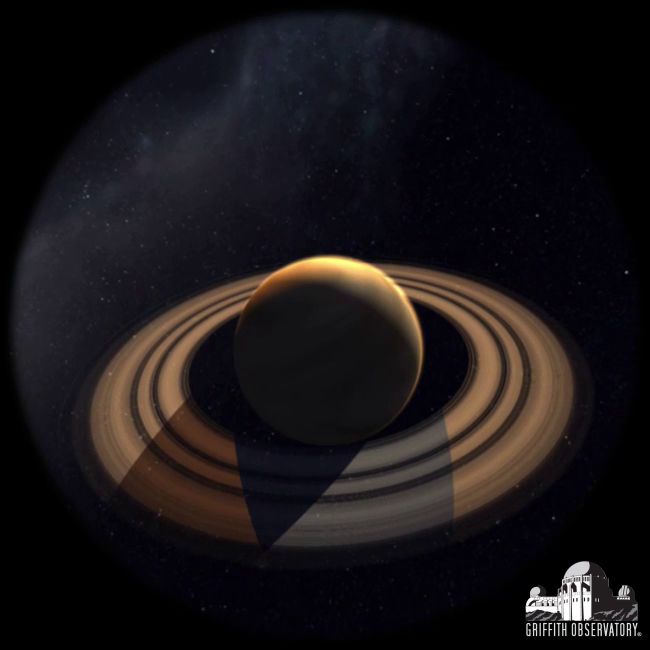Other Worlds, Other Stars
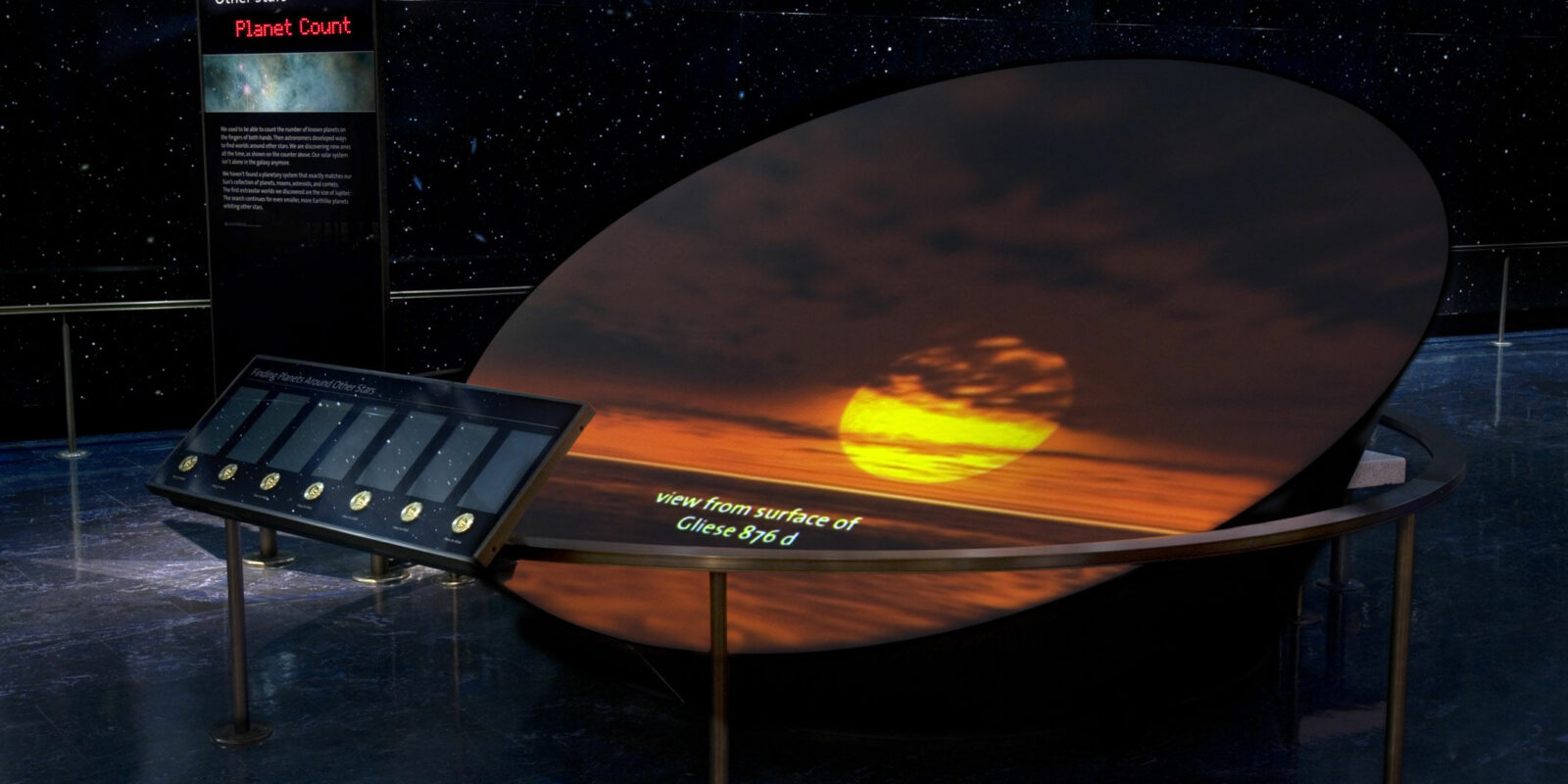
We used to be able to count the number of known planets on the fingers of both hands. Then astronomers developed ways to find worlds around other stars. We are discovering new ones all the time. Our solar system isn’t alone in the galaxy anymore.
We haven’t found a planetary system that exactly matches our Sun’s collection of planets, moons, asteroids, and comets. The first extrasolar worlds we discovered are the size of Jupiter. The search continues for even smaller, more Earthlike planets orbiting other stars.
